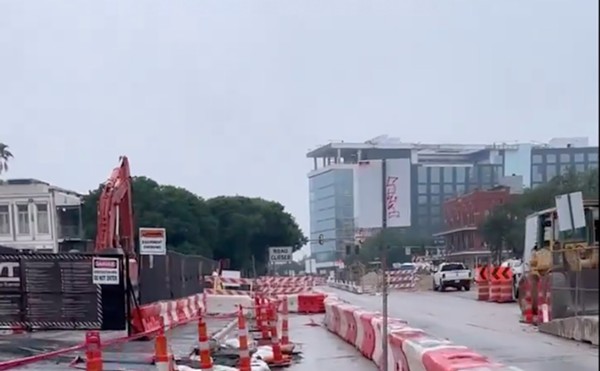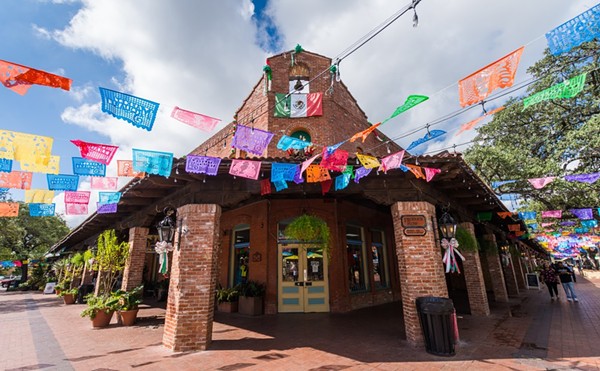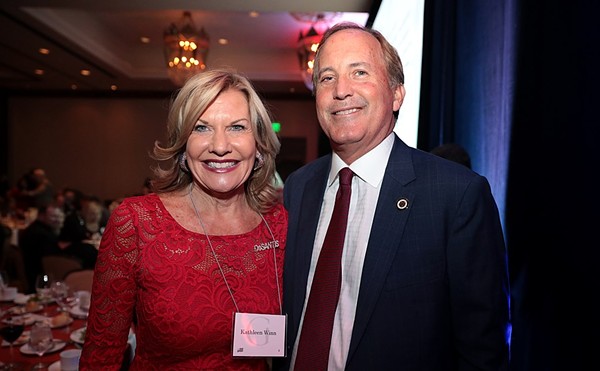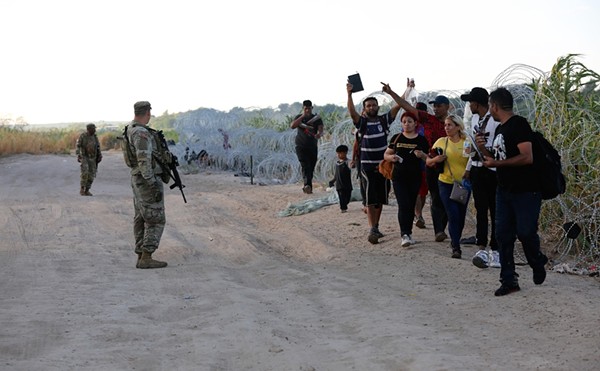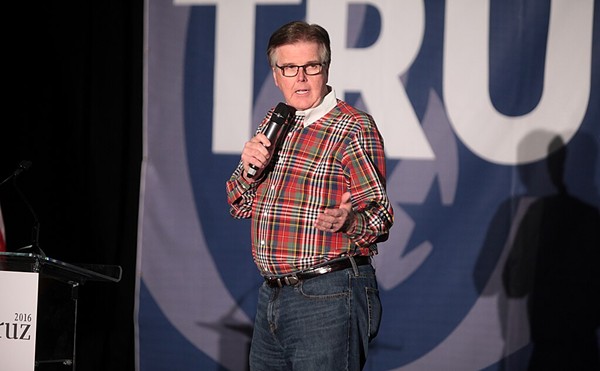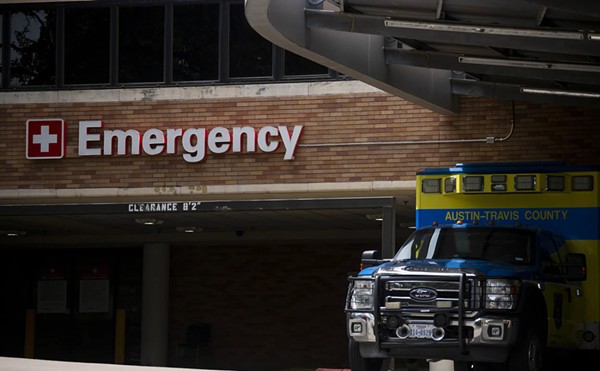A limited budget makes for tough choices. That’s what the citizen committees charged with reviewing projects for San Antonio’s proposed $550-bond program found over the last few weeks. And this city has lots of needs.
The choices were probably toughest for the committee dealing with parks-and-recreation projects. With only $50 million to allocate, and some $36 million already committed to Mayor Hardberg-er’s pet project, the acquisition of the Northside Voelker Ranch property, there wasn’t much left for anyone or anywhere else.
The Parks Department has a long list of needed upgrades for existing parks, much of it the result of under-funding park maintenance for years. And then there is the need for new projects in developing areas of the city where public, open space is in very short supply, and for facilities in neighborhoods that are underserved.
Folks who have faced the city’s limited stock of available youth soccer fields sought more funding for soccer. UTSA wanted funding for its own sports
complex.
But there’s not nearly enough money. Indeed, the City’s budget director was quoted in the Express-News saying, “There is a much greater need, probably 10 times, than there are available resources.” That makes for very tough choices.
Except it’s not really true.
The decision to allocate just $50 million of the planned $550-million bond package to parks and recreation was a political decision by the mayor and City Council. Investing less than 10 percent of the total in city parks was the choice they made, just as choosing to spend more than 70 percent of even that modest total on just one large park was theirs as well.
Could the Council have allotted $70 million or $80 million to parks? Absolutely.
It might simply have involved spending a little less on big street projects or drainage projects this time, perhaps delaying some of those efforts for a few years. But despite the mayor’s professed commitment to parks and open space, that didn’t happen. Long-term investment in open space, parks, and recreation just don’t appear that important, even as the mayor and Council proposed the largest dollar bond program in our history.
Just as the choice to devote merely $50 million to parks projects was an entirely political one, so, too, is the overall size of the $550-million package. City officials argue that’s what we can spend over the next few years without increasing the tax rate. Yet that calculation is essentially a guess, based on a set of assumptions about local property values and their increase. If we are faced with a slowing housing market, or even the kind of deflating bubble in housing values other areas around the nation are seeing, the bond program will have to be slowed or restructured. If there’s a continuing boom, there is financial room to do more, and issue bonds faster.
City officials have already told Wall Street and the municipal-bond firms that the City will propose another $305-million-bond package in 2012. And City officials plan to issue another $140 million over the next few years in certificates of obligation — a form of debt that doesn’t require voter review and approval — to pay for fire stations, streets, and parks.
What that means is that there is more money available for parks projects, if the mayor and Council make that choice. And it is just that — a choice that they make, and for which they should be accountable.
But the current demand for a host of parks-and-recreation projects should make clear a far larger issue. The city of San Antonio lags far behind other cities in park space and recreation facilities. And we’re likely to continue that, unless we begin to get “out front” in park development, rather than dropping years or decades behind. The City needs to be working with property owners and developers to gain control over parklands before large-scale subdivision development happens. That means planning and acquiring park areas when land is still inexpensive, and when public investment can be maximized. It means having funds for land purchases in advance, rather than buying whatever happens to become available.





